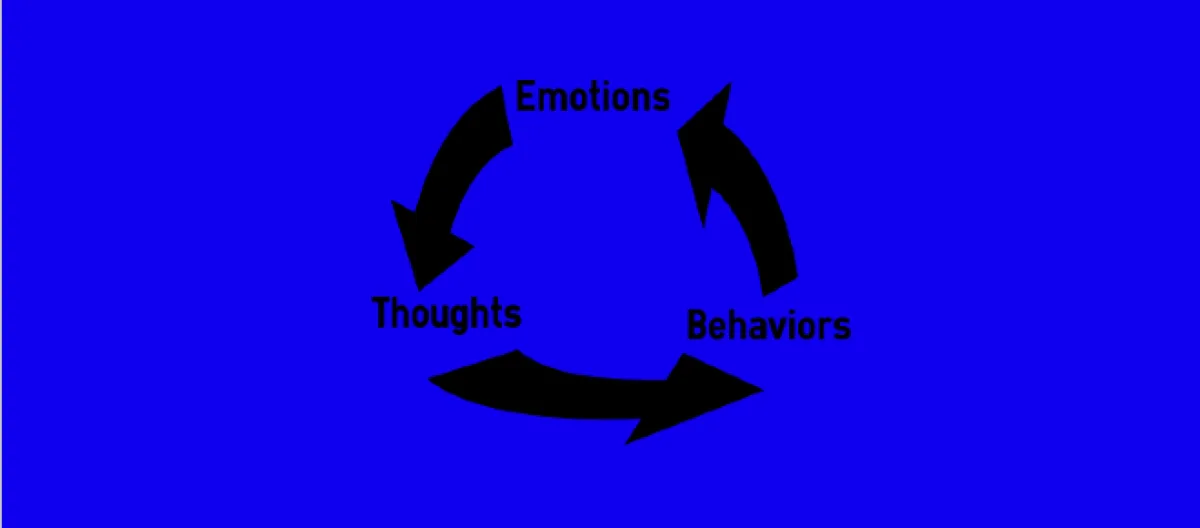For something so natural to living and so involuntary to the human experience, Emotions are extremely misunderstood and misrepresented in our society. Most people hold on tightly to misconceptions about them. These can be pertaining to what they are, how they work, and/or the purpose that they serve. In addition, to make matter worse, there are numerous widely accepted cultural myths about emotions.
What are emotions?
From a physiological standpoint, emotions are nothing more than chemical and electrical signals that occur in your body in order to alert you to what is happening. The limbic system, a part of your brain, specializes in observing and processing these signals to allow you to respond to situations.
Having emotions is essential to living a safe and high-quality life because they help you do a number of things. Perhaps most importantly, they help you to survive by alerting the limbic system to trigger the "fight or flight" response in potentially dangerous situations. They also help you to remember people and experiences, cope with situations that occur in your daily life, and communicate with other people.
In addition, they help you to avoid pain and to seek pleasure.
According to most research, there are two recognized types of emotions: primary and secondary.
Primary emotions are the expression of your initial reaction to what is happening. They are strong feelings that come up rapidly and without prior thought. Humans are born with these hard-wired into their brains and bodies. As a result, experiencing these feelings causes your body to react in certain ways and causes you to have urges to engage in certain actions.
While some experts suggest there are more, the majority of research states there are eight primary emotions. They are anger, sorrow, joy, fear, disgust, guilt or shame, interest, and surprise.
These obviously aren't the only emotions in existence. All other feelings are made up of some combination of the primary emotions.
Put simply, secondary emotions are emotional reactions to primary emotions. In other words, they indicate how you feel about your feelings. Unlike the primary, secondary emotions are not hard-wired into the bodies and brains of people. Instead, they are reactions we learn by means of socialization by our families, friends, the media, and other institutions.
Also ingrained in our lives and thoughts via socialization are myths about emotions. In order to counter these myths, you need to have a factual understanding of emotions and develop a healthy perspective of emotions.
There are a few things that everyone should keep in mind when it comes to emotions. Emotions are neither good nor bad or true or false; they just are. There is a difference between having an emotion and acting on one. Regardless of how strong the feeling you are experiencing is you do not have to act on it. Lastly, you can't get rid of them, but fortunately, they don't last forever.
A healthy perspective on emotions
If you remember anything about emotions, remember this: they are not bad. In fact, they have three very important jobs that help us on a daily basis. Emotions can validate us by being signal or alarms, or by providing us with information about a situation. They can be a source of motivation to change a situation and save us time in reacting to potentially dangerous situations. Finally, emotions serve as a powerful form of non-verbal communication. Once you learn to tolerate and your emotions, you will recognize they exist to help you and not to hurt you.
